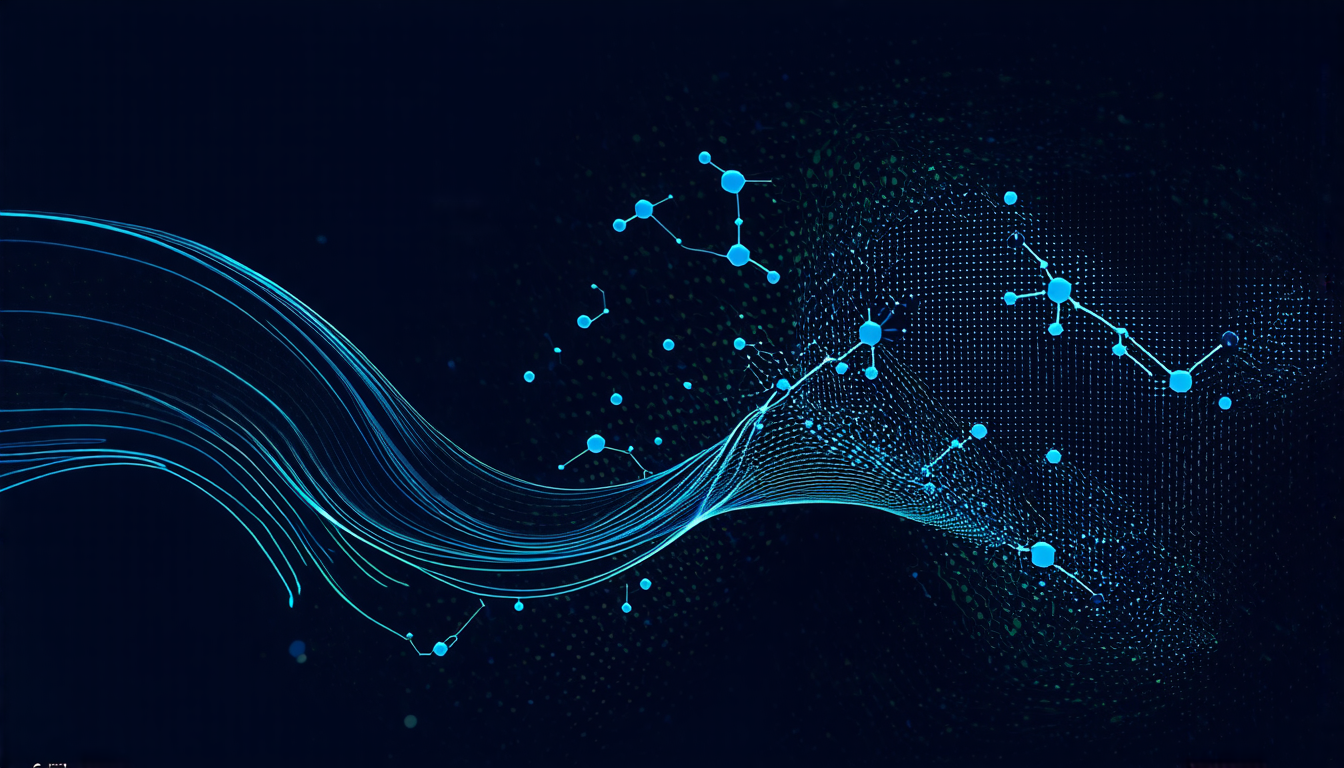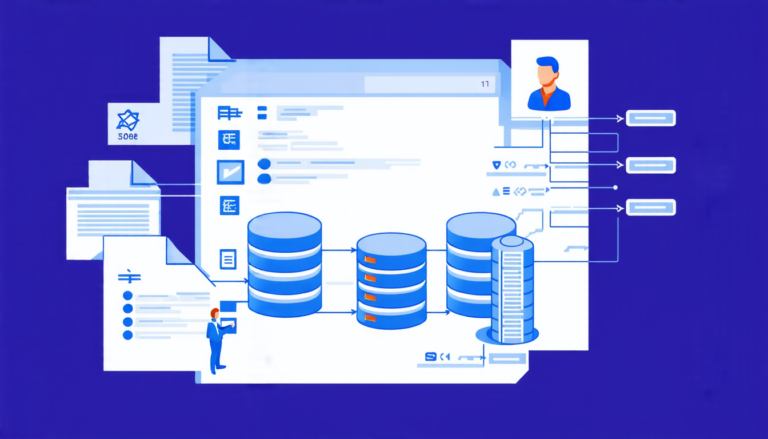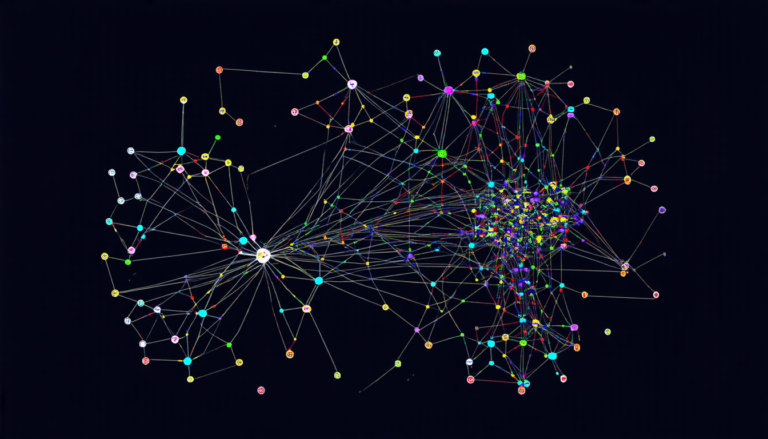Sunday 01 June 2025
The intricate mechanisms behind Generative Flow Networks (GFlowNets) have long fascinated researchers in the field of machine learning. These networks, capable of generating complex structures and optimizing objectives, have been hailed as a powerful tool for solving diverse tasks such as molecule design and structured data synthesis.
Recently, a team of scientists has shed new light on the theoretical foundations of GFlowNets, revealing the intricate dynamics that underlie their behavior. By analyzing the flow-based generative process and its connections to other generative frameworks, the researchers have uncovered fundamental principles governing the learning behavior of these networks.
One of the key findings is the relationship between GFlowNet’s implicit regularization and the maximum entropy principle. The team demonstrated that when training a GFlowNet with the Flow Matching objective, the network implicitly seeks to maximize the entropy of the flow distribution, which in turn leads to more uniform distributions across the network.
This insight has significant implications for our understanding of GFlowNets’ optimization dynamics. By recognizing that implicit regularization is an inherent property of the learning process, researchers can better design and tune their models to achieve optimal performance.
Another notable discovery is the connection between GFlowNets’ robustness to noisy rewards and the sample complexity of flow-based optimization. The team showed that when training with noisy rewards, the network’s effective accuracy is reduced, leading to a tighter bound on the required sample size for achieving a given level of accuracy.
This finding has important implications for real-world applications, where noise and uncertainty are inherent components of the environment. By understanding how GFlowNets adapt to noisy rewards, researchers can develop more robust and efficient optimization strategies.
The study also explored the theoretical bounds on GFlowNets’ sample complexity, revealing a novel relationship between the network’s architecture and the required number of samples for achieving a given level of accuracy. These bounds provide a foundation for future research into the design and optimization of GFlowNets.
In addition to their theoretical contributions, the researchers have also developed practical tools for analyzing and optimizing GFlowNets. By providing a deeper understanding of these networks’ behavior and limitations, the study aims to facilitate further innovation in the field of machine learning.
The implications of this research extend beyond the realm of GFlowNets themselves, influencing our broader understanding of generative models and optimization strategies.
Cite this article: “Theoretical Foundations of Generative Flow Networks”, The Science Archive, 2025.
Machine Learning, Generative Flow Networks, Gflownets, Molecule Design, Structured Data Synthesis, Maximum Entropy Principle, Implicit Regularization, Sample Complexity, Noisy Rewards, Optimization Strategies
Reference: Tianshu Yu, “Secrets of GFlowNets’ Learning Behavior: A Theoretical Study” (2025).







